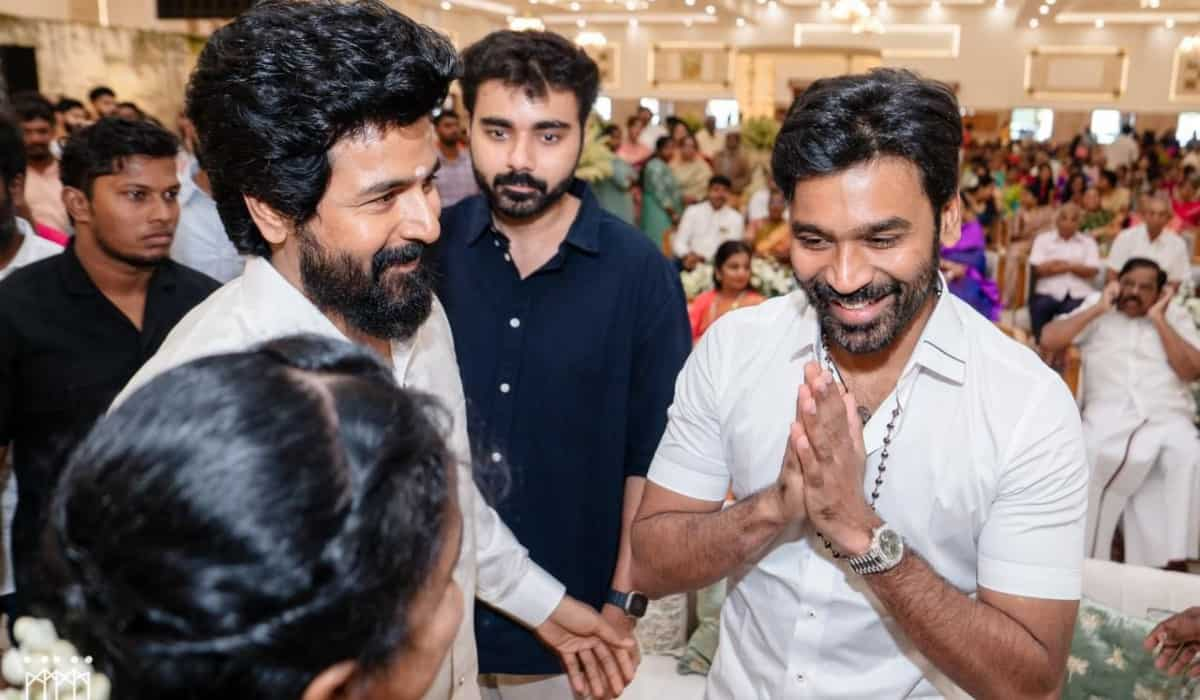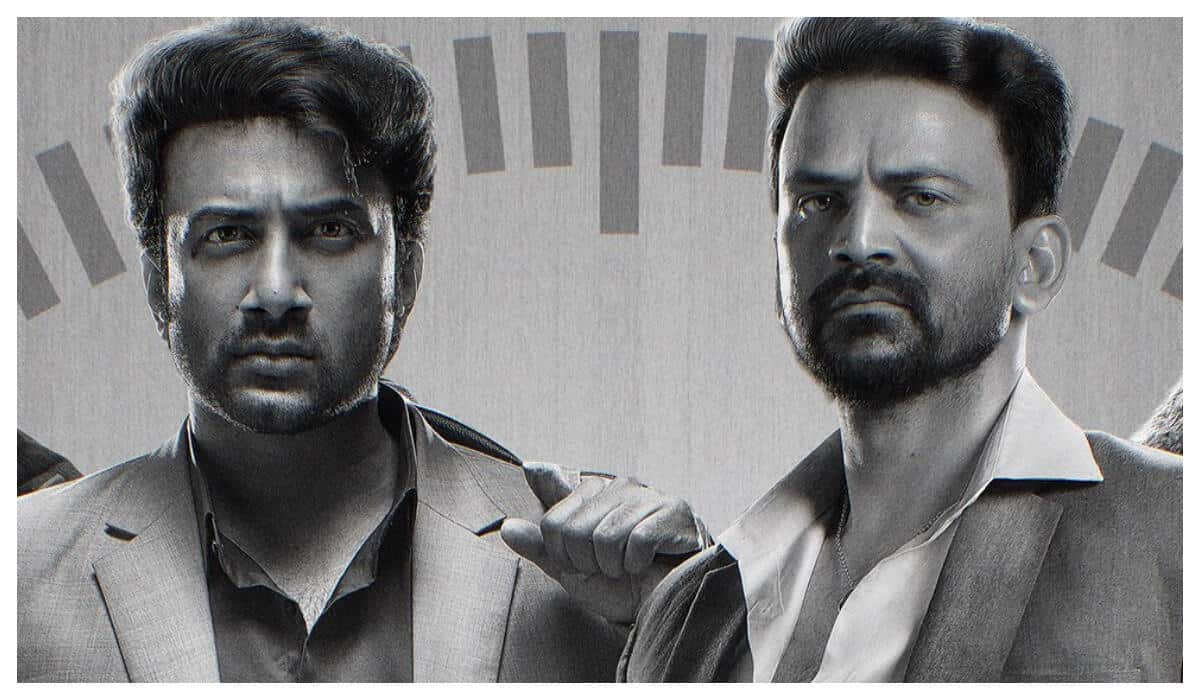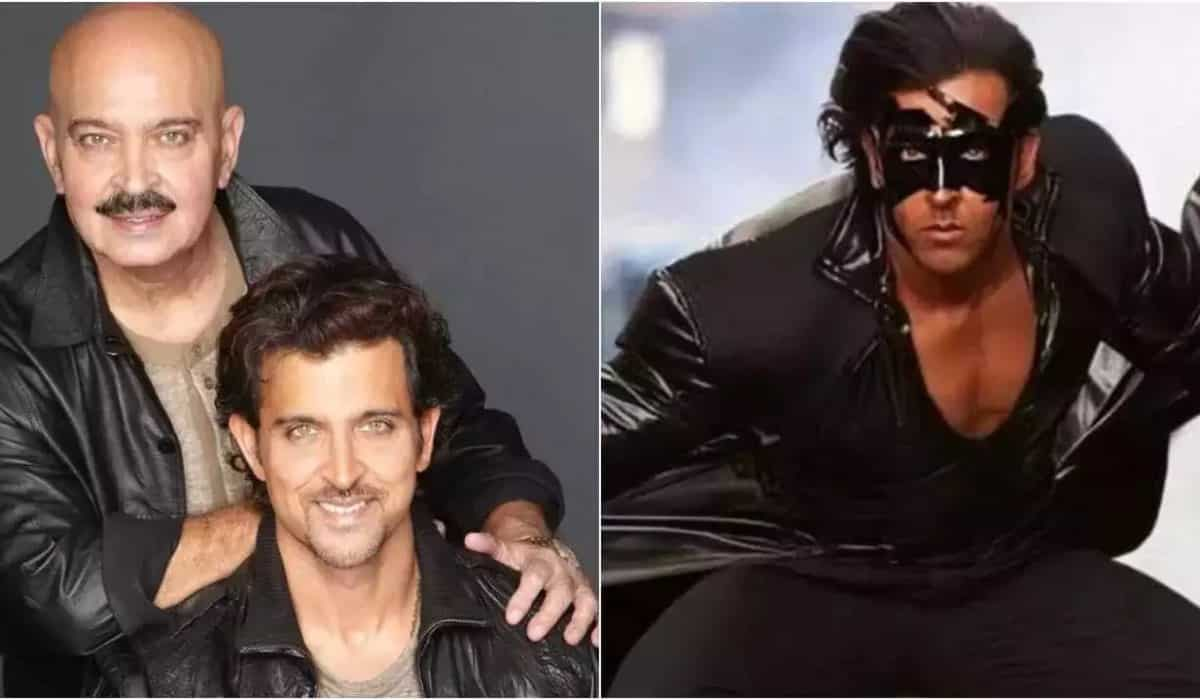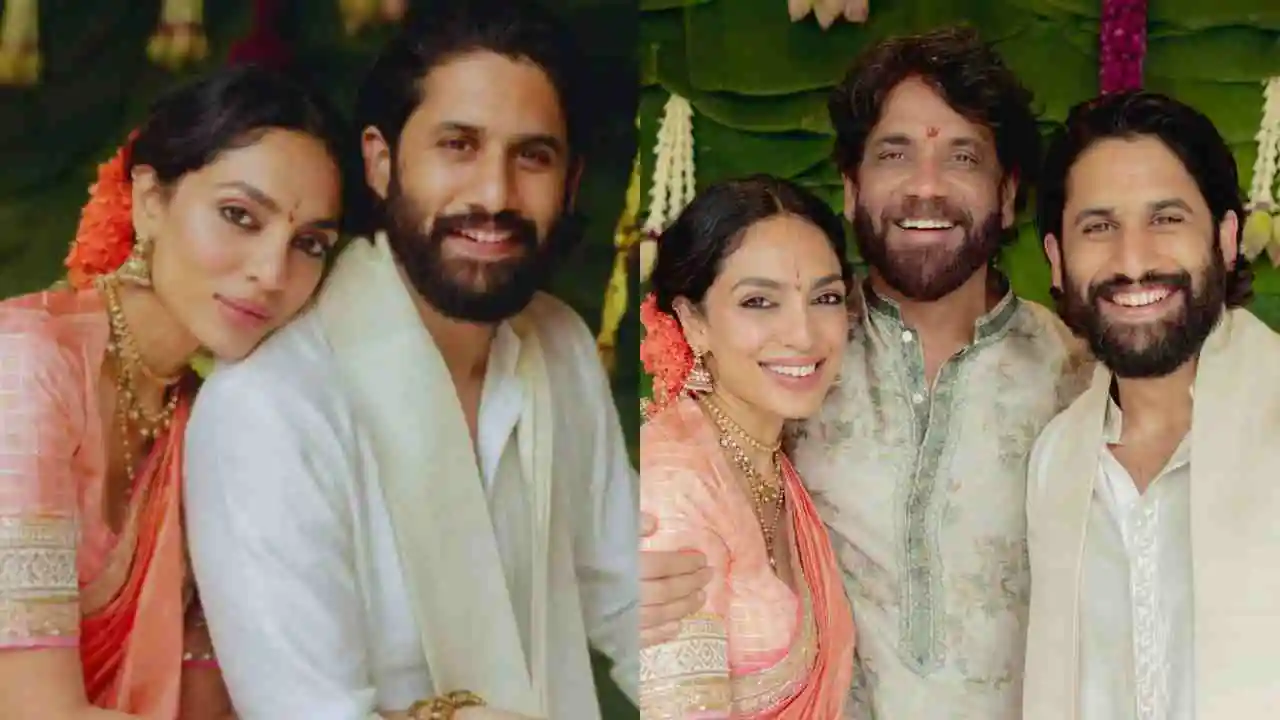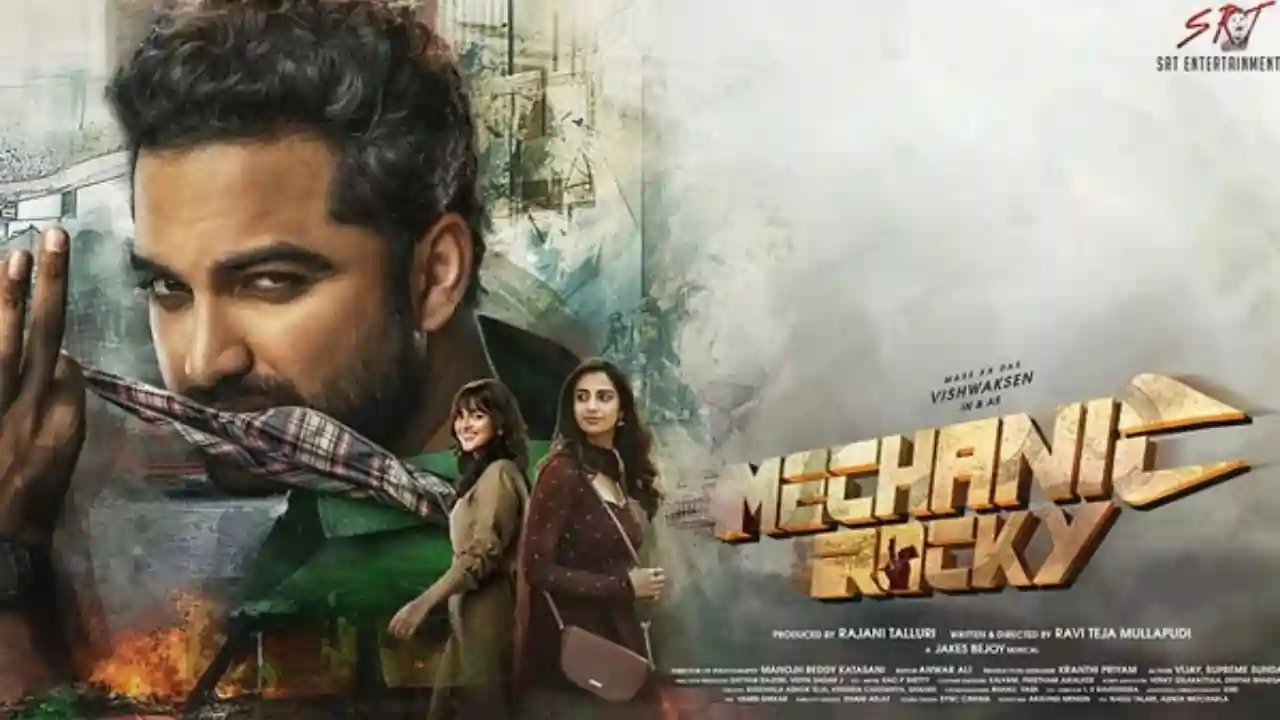
The BEST bus tales: Poonam Saxena, on 150 years of a Mumbai icon
1 month ago | 5 Views
Badruddin Jamaluddin Kazi started his career as a bus conductor in Bombay, in 1942.
As the 25-year-old handed out tickets, he kept passengers entertained with his mimicry and re-enactments of scenes from Hindi films. The actor Balraj Sahni once took the same bus, and saw Kazi in action. Impressed, he advised Kazi to go to actor-director Guru Dutt’s office for an audition.
That is how Johnny Walker was born. He would change his name, hone his skill, and become one of Hindi cinema’s most beloved comedians, a scene-stealer in films such as Pyaasa (1957; directed by Guru Dutt), Madhumati (1958; Bimal Roy) and Anand (1971; Hrishikesh Mukherjee).
I was reminded of the Johnny Walker story when I realised, earlier this month, that BEST, the government-run Mumbai bus service, turned 150 this year.
It started off as a horse-drawn tram service, in 1874; electric trams were introduced in 1907, and motorised buses in 1926. The iconic double-decker buses arrived in 1937 and were phased out, amid tearful farewells by nostalgic citizens, in 2023.
Today BEST (the Brihanmumbai Electric Supply and Transport undertaking) runs a 3,000-strong fleet. Some of the buses are electric, some are airconditioned; some are both.
Many are decades old, and can feel a bit like rattletraps (I’m told they make a distinctive clanking noise as they bump along potholed roads). But, to the city’s residents, they are perhaps the ultimate symbol of this patched-together, reclaimed city that is always on the move.
Yes, the trains will get you there faster, but the buses won’t stop, people say. Not amid a terror attack, not amid the annual monsoon flooding. When all else fails, the Mumbai resident knows they can hop on a bus and it will get them closer to home.

A bus is also a safe haven, Mumbai women have told me. If it is late at night and one can’t find a taxi, any bus will do, they say. The conductor will be gruff, and he will insist you hand him exact change, but conductors and drivers take the safety of women passengers seriously. Raise an alarm, and the troublemaker will apparently find themselves ushered off with the well-practised statement that “no one may be right and no one may be wrong, but this is not the place for machmach (argument)”.
Over the years, the familiar red bus has popped up in films, over and over. (I always love it when public transport plays a role in a love story, on-screen or off.)
In the 1959 film Bus Conductor, a young Prem Nath (who went on to play mainly villain and character roles), plays a bus conductor with a difference. Deepak is a wealthy young man who wants to be a writer, but his stories keep getting rejected because they are not realistic. So he decides to live as a “common man”, and gain some lived experience.
After wandering around the city for a while, he comes across an ad for bus conductors: “Wanted young men in good health. Minimum qualifications – SSC or Matric Pass.” Our hero, with his graduate degree, promptly gets the job. While performing his new duties, a jaunty cap on his head, Deepak meets Asha (Shyama), who absentmindedly leaves a box full of jewellery behind. And so begins their love story.
Meanwhile, bus stops played a pivotal role in Basu Chatterjee’s Chhoti Si Baat (1976). The diffident, middle-class hero Arun (Amol Palekar) languishes at bus shelters, gazing wistfully at the pretty working girl Prabha (Vidya Sinha), whom he cannot muster the courage to approach. In a daydream, however, he frolics with her in a park, to the tune of that joyful ditty, Jaaneman Jaaneman Tere Do Nayan. Then two red buses trundle down the street, and the song continues, with Arun and Prabha waiting at the bus stop before boarding the bus.
Perhaps the BEST-known bus song in cinema is Janu Meri Jaan (Main Tere Qurban) from Ramesh Sippy’s Shaan (1980). Amitabh Bachchan and Parveen Babi are here, as well as Shashi Kapoor and Bindiya Goswami. The girls are cross with their beaus for different reasons, and the men have to cajole them into a good mood.
As the men pursue them, the women clamber to the upper storey of the double-decker. Then the bus stops, everyone alights and the two men emerge dressed as conductor and driver.
The song ends with a hail of bullets fired at the bus, to bring viewers back to the main story, with its action and thrills. The song is but a playful interlude, a few minutes’ reprieve.
Buses have made an appearance in action sequences too, including in the Sunny Deol-starrer Arjun (1985) and the Anil Kapoor-starrer Nayak (2001). Today, films are more likely to feature shared Ubers, the Metro rail, the evergreen airport meet-cute or a scenic long-distance road trip.
Off-screen, the buses continue to trundle along in Mumbai, full of stories of their own. I believe every Mumbaiite has at least one. Do you?
HOW DID YOU LIKE THIS ARTICLE? CHOOSE YOUR EMOTICON !
#







